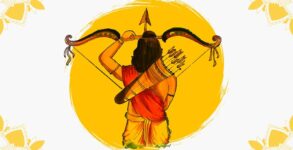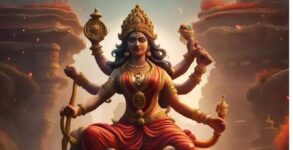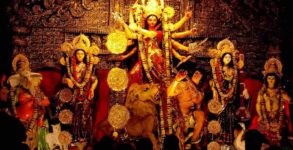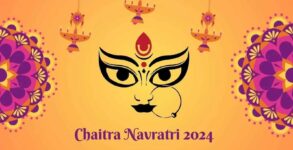Hindi Diwas 2023: In 1949, the Republic of India adopted Hindi inscribed in the Devanagari script as its official language. Article 343 of the Indian Constitution established Hindi as the country’s official language. The decision of the Constituent Assembly was sanctioned on January 26, 1950, the day the Constitution of India entered into force. In 1953, the first Hindi Diwas was celebrated.
Since 1950, Hindi has been the official communication language of the Union administration of India. It is also the primary communication language between the federal government and state administrations. However, state administrations were permitted to select their own official languages. In addition to Hindi and English, the Indian Constitution recognizes 22 languages as official languages.
Hindi Diwas 2023: History
As India is a nation of great diversity, the composing committee of the nation’s constitution faced a formidable conundrum regarding the language that could represent the entire country. Many significant personalities of that time rallied for Hindi to be chosen as the national language because it was the single largest spoken language of India. In addition, Mahatma Gandhi wished for Hindustani to be adopted as the official language of India, as it was spoken by both Hindus and Muslims in northern India.
Seeking Sister Wife Season 5: Everything We Know So Far
; consequently, the drafting committee adopted Hindi as India’s official language. It is also essential to note that the Indian constitution recognizes no language as the country’s national tongue, and that Hindi is one of 22 official languages in India.
Facts about Hindi
- Approximately 4.46 percent of the world’s population speaks Hindi.
- In terms of the number of native speakers, Hindi ranks fourth in the world after Chinese, Spanish, and English.
- Even though Hindi is the fourth most spoken language in the world, the United Nations does not recognize it as an official language. Since 2015, however, the Indian government has actively advocated for the recognition of Hindi.
- Hindi uses the Devanagari script and has approximately 16 dialects, the most prominent of which are Awadhi, Bhojpuri, Bundeli, and Khariboli.
- Hindi descends directly from an early form of Vedic Sanskrit via Sauraseni Prakrit and auraseni Apabhraa.
- As of the 2011 census, there are 528 million native Hindi speakers in India, which accounts for approximately 43 percent of the country’s total population.
- It is primarily spoken in the Indian states of Bihar, Chhattisgarh, Delhi, Haryana, Himachal Pradesh, Jharkhand, Madhya Pradesh, Rajasthan, Uttar Pradesh, and Uttarakhand, which make up the Hindi Belt.
Hindu Diwas festivities
Schools, colleges, Central and State government departments, and social and political organizations commemorate Hindi Diwas annually with a variety of events and activities. Teachers and other notable figures illuminate the history and significance of the Hindi language. Students take part in a variety of events and share their perspectives on the significance of the language and maternal tongue in general. In addition, schools and colleges coordinate essay writing, creative writing, poem recitation, speech, debates, skits, and plays on Hindi Diwas.
Local offices of political parties and social organizations coordinate various events on the day where local leaders and prominent individuals of the city enlighten citizens on the significance of mother tongues and regional languages.


















